Hypomania: description, symptoms and treatment

The past week has been great! Ebullient energy, tons of ideas and projects, and everything is doable! Which one to take on ?! Without exception, all people are sociable, kind and sympathetic. Life is Beautiful! The inspired soul soars, sings and rejoices! And suddenly, the recession - heavy, muddy, protracted. Hopelessness, depression. This is how hypomania is expressed: from total positive to total negative. The disease has its own symptoms and treatment.
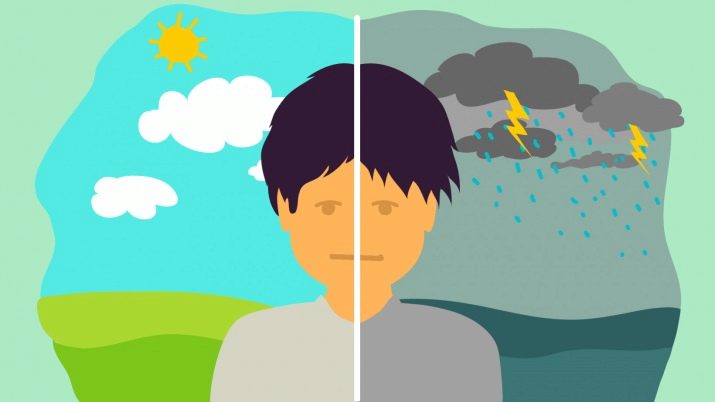
What it is?
Hypomania in psychology - a condition similar to mania, but proceeding in less mild forms. It manifests itself in a relatively stable, elated mood, occasionally, according to the situation, accompanied by irritation and anger. The state lasts for several days, manifesting the severity of exhaustive satisfaction, absolute productivity, a high degree of charge and activity.
Differences from mania are the absence of psychotic symptoms and an increase, sometimes quite productive, in the efficiency of activity and adaptation. It can often occur as a phase of bipolar disorder.
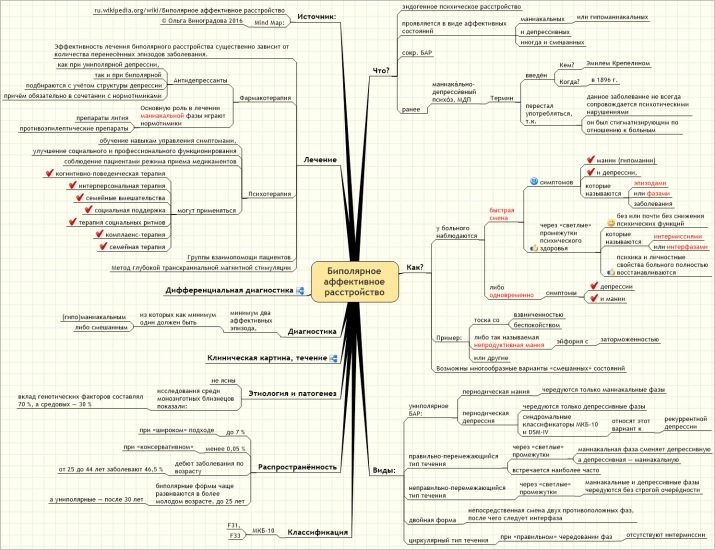
In other cases, hypomania functions against the background of failures in the activity of the nervous system, with hyperthyroidism, psychotropic intoxication or in the form of side effects when taking certain medications (antidepressants).
In accordance with the formal definition according to ICD-10, the state is characterized by an overly positive or irritable mood, clearly atypical for a particular individual, lasting at least four days.
Thus, hypomania as an affective disorder is a latent form of mania that occurs in the absence of pronounced arousal. At the same time, there is no obvious behavioral disorganization or deviations from the norms of social behavior of the individual, since the symptomatology of psychosis (delirium, hallucinations, etc.) is not present.
Mood disorders were observed by Hippocrates (5th century BC), who divided them into melancholy and mania. Later, in the writings of E. Kraepelin, these states were attributed to manic-depressive psychosis (MDP).

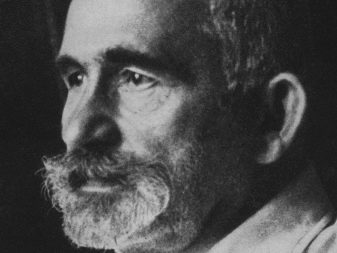
Conceptually, this definition persisted throughout almost the entire 20th century.
Around the 60s of the XX century. a number of scientists noted some heterogeneity of the group of states, within which they identified monopolar and bipolar forms. Later, psychologists identified two types of TIR:
- for type 1 the alternation of episodes of depression and mania (a sharply elevated mood, leading to serious violations of the body's functions) is characteristic;
- for type 2 characterized by alternation of depressive states exclusively with hypomania (without serious violations).
Since 1990, according to ICD-10, 3 degrees of severity of mania have been distinguished - hypomania, mania in the absence of psychotic symptoms, mania with psychotic symptoms.
It is noteworthy that Ludwig van Beethoven, Virginia Wolfe, Ernest Hemingway, Isaac Newton, Judy Garland, Robert Schumann and a number of other genius people suffered from bipolar disorders.
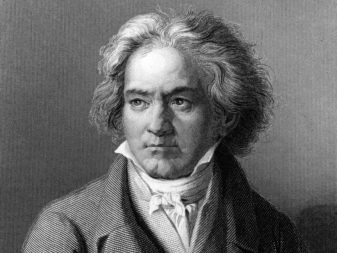

At one time, doctors diagnosed MDP in N. S. Khrushchev, whose closest circle observed how often his cheerfulness and joyfulness was replaced by deep melancholy.
Traditionally, disturbed mood is considered episodic if it lasts about a week.
In hypomanic states, most of those experiencing the disorder do not consider themselves sick, so they do not go to doctors. It is for this reason that there are no reliable statistics for the disorder. Failure to recognize an affective disorder leads to a worsening of the situation.
Beyond the causes of the disorder it is characterized by disorders of both affective and somatopsychic spheres. An overestimated general tone, a sense of well-being and excessive optimism correspond to a stable, elevated mood. Personal dignity and originality are exaggerated, ideas of superiority prevail, there is no critical attitude towards oneself.

Disagreement or objection from the environment provokes anger. In general, the condition, like its signs, is characterized by lability.
The process of thinking in such a person is accelerated, speech loses its distinctness and expressiveness. Inexhaustible energy and a certain dispersion stimulate the appearance of emotional uplift when performing even ordinary and routine work. A person enthusiastically undertakes the implementation of many plans, without thinking about the reality of their implementation.
The patient is characterized by a high threshold of fatigue and resistance to significant stress. The need for rest and sleep decreases. In this case, somatic signs may dominate. A protracted nature of the disorder is possible.
In its cyclothymic periods, hypomania proceeds quite clearly, with pronounced ups and downs of mood. In cases of a protracted version, it is noted persistence of affect.

Atypical pictures of the process are also possible - the emergence of overvalued formations, obsessions, depressive pain syndromes.
With relatively even manifestations of the disorder, temporary somatopsychological manifestations can occur in the form of vegetative crises, vital fears, asthenia, etc. More often hypomania occurs within the framework of bipolar affective disorder (BAD), where it is usually replaced by depression, forming either a continuous continuum or cyclicity. The bipolar form of the disorder is often characterized by early manifestations (in childhood or adolescence) and a chronic form of the course, which can be:
- remitting (episode - remission - episode);
- dual phase (one episode is immediately replaced by an opposite one);
- continual (there are no periods of remission between episodes).
Normal remission occurs in a small number of patients. The disease can turn into a more pronounced state - mania. The average duration of episodes ranges from 2 weeks to 2 months.
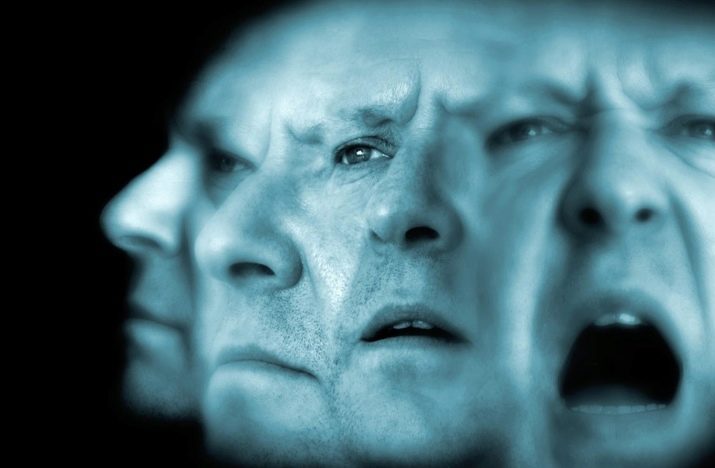
The rhythmic pattern of episodes is characterized by spontaneity, which leads to the patient's feeling of self-doubt.
Bipolar disorder is classified as a disability-causing disease. In addition, with bipolar disorder, the risks of suicide are greatly increased.
Varieties
There are several types of hypomania:
- simple ("funny");
- irritable or angry, expansive.
Depending on the personality disorders accompanying hypomania:
- querulant (with the patient's irresistible desire for litigation, constantly fighting for "violated" rights);
- adventurous (inclination to adventure);
- dysphoric (irritability, replaced by feelings of longing, tension, tendency to aggressive behavior).
According to the type of influence of hypomania on the somatopsychic sphere, atypical hypomania (euphoric hypochondria) is also distinguished, the course of which is accompanied by an increased mood and unrestrained activity aimed at overcoming an imaginary ailment.

On the basis of the severity of symptoms, there are:
- pure (explicit) form of hypomania;
- latent hypomania (erased form).
There is also the so-called productive form of hypomania, observed during cyclothymia, characterized by infrequent disruptions of the sleep-wake cycle and acceleration of ideational processes.

Causes of occurrence
A number of reasons contribute to the onset of hypomania.
- Excessively active work of the thyroid gland, accompanied by increased production of hormones. Contribute to the disorder postpartum syndrome and menopause.
- Episodes of hypomania also appear as a consequence of the phase of food arousal. The causes can be anorexia or medical fasting.
- Leads to illness and the use of certain drugs (opiates, baclofen, phenamine, captopril, bromocriptine, bromides, cimetidine, cyclosporine, corticosteroids, yohimbine, teturam, hallucinogens).
- In cases of abrupt withdrawal of antidepressants.
- With excessive intake of stimulants (energy drinks, cocaine, coffee, etc.).
- Cases of organic brain damage (infectious and non-infectious).
- Bipolar affective disorders (MAD), the occurrence of which is stimulated by hereditary factors and stress.

How does it manifest?
Symptoms of hypomania include:
- heightened irritable mood, atypical for an individual, which persists for several days;
- unusual talkativeness and accelerated tempo of speech;
- increasing the level of physical activity;
- a decrease in the level of needs for rest and sleep;
- distraction of attention;
- manifestations of recklessness and inappropriate situational behavior;
- an abnormally high degree of sociability and episodes of familiarity in communication;
- increased sex drive.
Latent forms of hypomania manifest their appearance by disinhibition (in childhood and adolescence), bulimia, nymphomania and satiriasis. Episodes of high creative productivity, accompanied by a sense of inspiration, are likely.
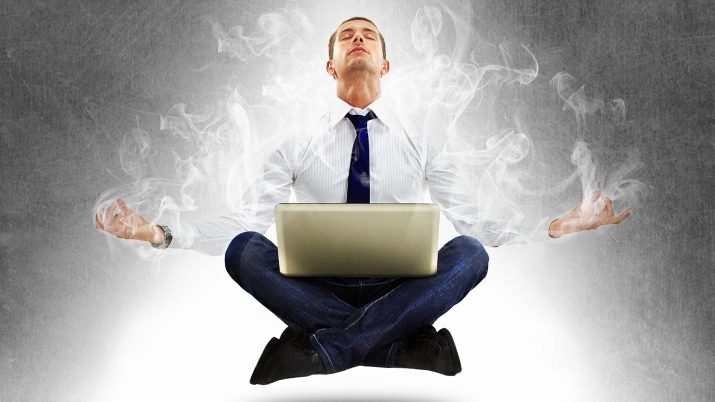
With hormonal disorders, an elevated temperature (37-38 °) is added to the previously listed symptoms.
Signs of hypomania caused by hyperthyroidism are tremor and Graefe's symptom (“the setting sun symptom”). Hypomania is often accompanied by increased appetite.
For children's hypomania, manifestations are characteristic:
- fussiness and obvious pronounced motor disinhibition;
- impulsivity;
- disobedience and unusual stubbornness;
- grimacing;
- verbose;
- tendency to rude antics;
- difficulty falling asleep;
- a sharp increase in instincts and drives (gluttony, masturbation).
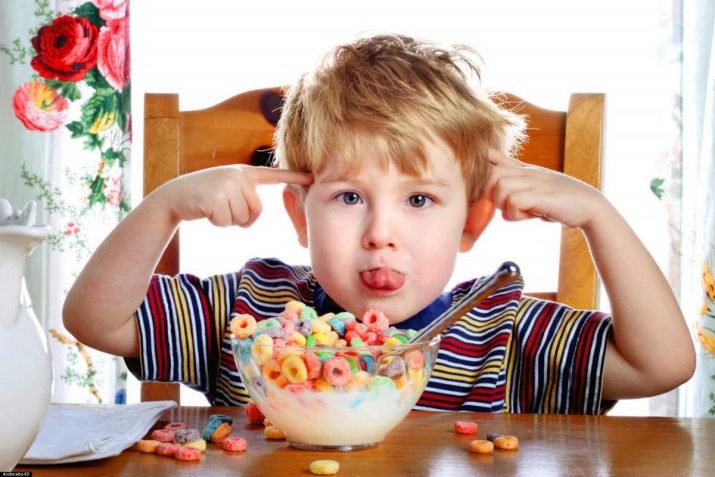
Diagnostics and treatment
The main criteria for diagnosing a disorder are the presence of an excessively elevated or irritable mood for at least 4 days.
To reliably determine the diagnosis, tests are used, and at least 3 symptoms from the list below should be identified as necessary and sufficient:
- high level of activity or feeling anxious;
- excessive talkativeness;
- Difficulty concentrating or high distraction
- reduced need for rest and sleep;
- increased libido;
- little revelry or reckless actions, irresponsible behavior;
- excessive sociability with manifestations of familiarity.
Due to the fact that hypomania is provoked by various reasons, differential diagnosis is carried out in psychiatry. If an episode of hypomania is triggered by the use of psychoactive drugs, then the increase in mood is accompanied by signs of intoxication.
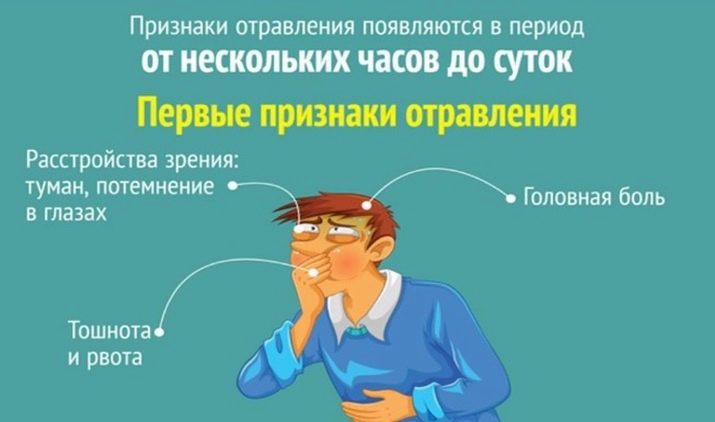
The patient has altered pupil size, tremors, and autonomic reactions.
In children, the disorder manifests itself mainly at the psychomotor level of response, due to the fact that at this age manic states are more atypical than in adults. It is important to take into account that for preschoolers and junior schoolchildren, the cheerfulness, activity and lability of the mood manifested under the influence of many internal and external factors are normative. It is for this reason that hypomania in children is assumed with prolonged euphoria, accompanied by impulsive and gross behavioral disturbances.
With such causes of the disorder as hyperthyroidism or poisoning with psychoactive drugs, therapy consists in eliminating these causes (thyrostatic drugs are used, surgical treatment, etc.).
In cases of bipolar disorder, normotimics (mood stabilizers) are used:
- for example, lithosan or lithobid (dosage is strictly individual, the lowest dose is 0.6 mmol / l);
- anticonvulsants (valproate, carbamazepine, gabapentin, oxcarbazepine, topiramate, etc.).
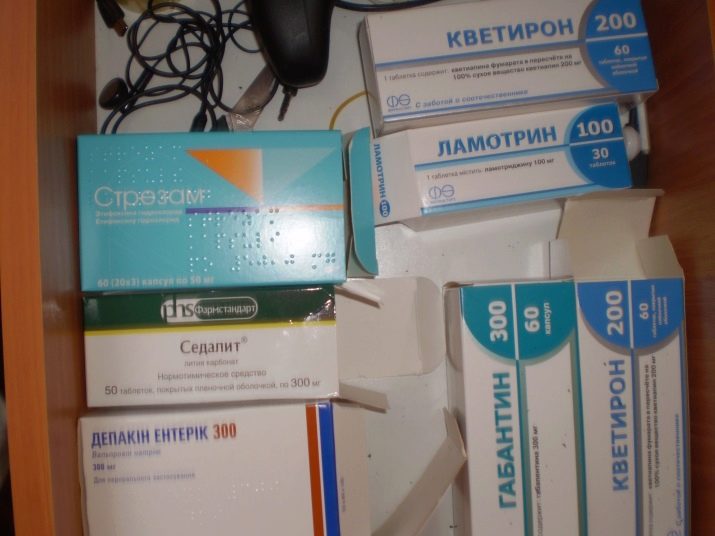
The second group of drugs can be used in combination with the first.
For insomnia, appoint benzodiazipines (clonazepam, lorazepam). Because they are addictive, they are used for a short period of time. Sedatives (zolpidem) are sometimes prescribed. Children are more often prescribed lithium preparations.
Valproate needs under close medical supervision. This medication can cause hormonal changes in adolescent girls and polycystic ovary syndrome in young women.
For bipolar disorder to be treated more effectively, it must be accompanied by frequent replacement of drugs with the direct participation of a doctor... Stabilizing drugs can be used for years.
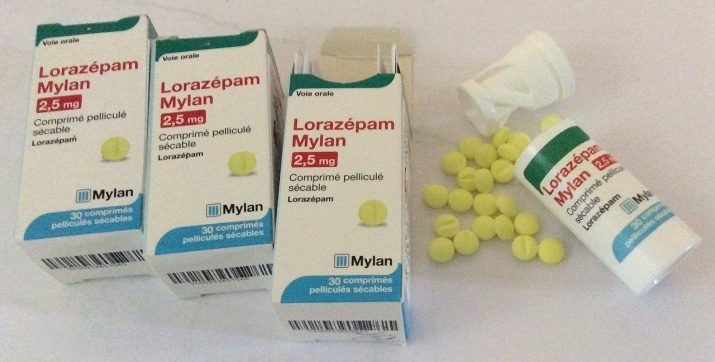
An episode of hypomania is stopped by lithium preparations in small and medium doses.
Support with normotimics is usually carried out in the initial period of relief, since the prophylactic effect of these drugs is slow. Antidepressants can increase the severity of bipolar disorder. In these cases, the use of the drug is abandoned. In cases where normotimics are not effective enough, atypical antipsychotics are included in therapy.
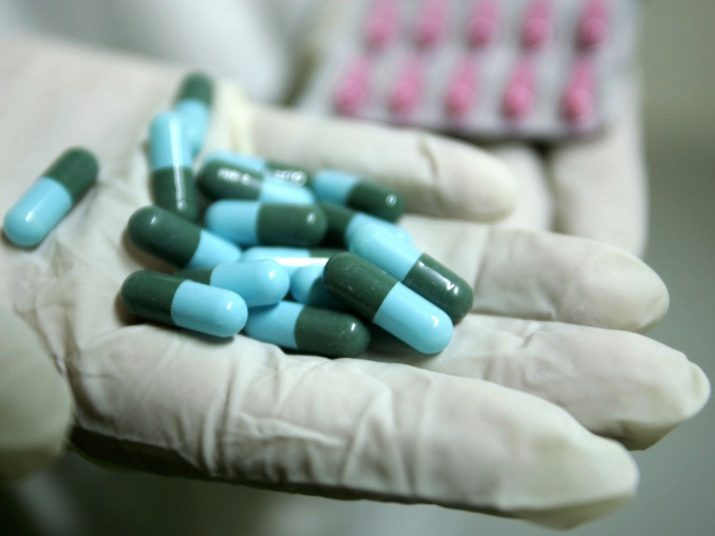
Why is hypomania dangerous?
Bipolar disorder with a hypomanic phase provides for mandatory treatment, since stable hyperactivity naturally leads to exhaustion of the body, apathy and deep depressive states. Hypomania is fraught with dangerous consequences.
- Sleep deprivation leads to significant fatigue of the body.The level of attention and memory falls.
- Possible overeating leads to obesity and the development of avitominosis. The body's defenses are falling, chronic diseases are exacerbated.
- Apathy that comes in periods complicates self-control and creates additional life problems.
- A series of days of excessive activation is replaced by deep depressive and rather long, up to several months, periods. The neglect of hypomania, leads to a breakdown. Adequate perception of reality is violated. A person becomes conflicted, which leads him to social isolation.
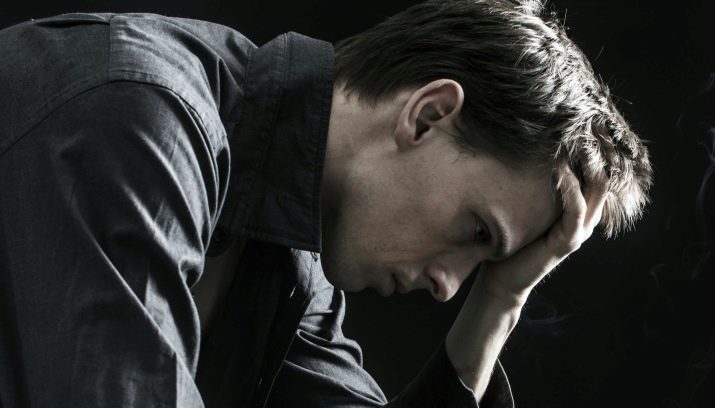
Often, hypomania occurs in creative people. In a number of cases, famous writers, poets, composers, and artists fell into periods of inspiration for a long time (months), creating masterpieces of art. However, periods of recovery were inevitably replaced by depressions and a significant decline in strength.
Attempts to regain radiant inspiration by using alcohol or drugs lead to an absolute worsening of the situation.
For the ten signs of mania, see below.








